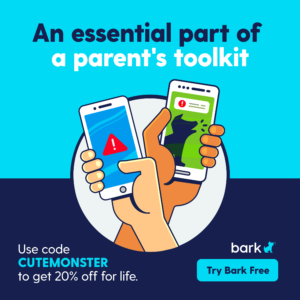
“Space, the final frontier…” Ever since I heard those words spoken by Captain Kirk via the television series Star Trek, I’ve been captivated by the idea of space travel. Consequently, I dreamed of becoming an Astronaut. Years later, having developed a dislike for airplane travel, I realized that space travel most likely was not a reasonable career pursuit. Nonetheless, I’ve still admired the courage of the brave men and women who undertake missions to explore the universe. What’s more, unlike the fictional Star Trek, space exploration is very much in its infancy. The adventure has just begun.
Below is a wonderful article from New Scientist outlining How to become an Astronaut: A Beginner’s Guide. Pass it on to your children. The future is bright in Space Exploration.
From New Scientist – written by Jamie Condliffe
Ever wanted to be an astronaut? You’re in good company: For many people, space represents the unexplored, a place free from boundaries. And space flight represents the extreme of human experience.
So it’s not surprising that many of us harbour a burning passion to boldly go where few have gone before. But the selection process is extremely tough – there are thousands of applicants for every training place, and even if you make it onto a programme you’re far from guaranteed a ticket to orbit.
Still, some make it – here’s our beginner’s guide to joining them.
1. Be born in the right country
Enthusiasm for space spans the globe: countries from Azerbaijan to Vietnam have their own space initiatives. But only a few – the US, Russia, western Europe and China – have credible programmes for crewed space flight, and they are open only to their own citizens, barring occasional gestures of international goodwill.
But don’t be deterred if you happen to have been born in the wrong place. It’s only in the past decade that astronauts and cosmonaut have been joined by taikonauts, and India has recently announced it’s on the lookout for its first “vyomanauts”. So your chances are getting better – although it’s also true that some programmes, such as the UK Space Agency’s have stopped recruiting.
Right now, other options are limited. Although some firms are already seeking crew members in anticipation of commercial space flight, it’s still government-backed programmes that offer the surest chance of a trip to space. Not surprisingly, NASA sets the standard here: it’s put more people into space than any other country. So the rest of our guide is based on what NASA thinks it takes to become an astronaut: the other programmes won’t be all that different.
2. Get yourself educated
The first spacemen might have been distinguished more by their grit than their learning, but today’s astronauts are a more educated bunch. Would-be astronauts at NASA need, at a minimum, a bachelor’s degree in science – preferably engineering, biological science, physical science or mathematics. In fact, the typical astronaut also has a master’s degree: two out of five have a doctorate. You also need to have three years of relevant professional experience.
Strong academic credentials aside, NASA’s roster are a motley crew. Previous astronauts have included a NASCAR driver, a magician and even a weightlifter.
3. Get into shape
You need to pass a basic medical exam just to be considered as an astronaut. NASA requires that both your near and distant vision is 20/20 (or correctable to 20/20 by surgery). Next, your blood pressure shouldn’t exceed 140/90, measured while you’re sitting. And finally, you must be between 160 and 190 centimetres tall. If you make it through, you’ll also have to pass a series of fitness tests – though NASA is a little coy about divulging exactly what standards you’ll have to reach.
If you haven’t been fazed by anything so far: congratulations! You’ve got all you need to apply to be an astronaut with NASA. All you need to do now is beat the other hopefuls to win a place on the training programme – but be warned, things only get tougher if you succeed.
New Scientist reports, explores and interprets the results of human endeavour set in the context of society and culture, providing comprehensive coverage of science and technology news.
Related:
More Toys and Gadgets.
Check out and subscribe to our YouTube Channel for more tech news and reviews!
Love podcasts? Catch up and listen to episodes of The CuteMonster Show.
Connect with us on Facebook too!




